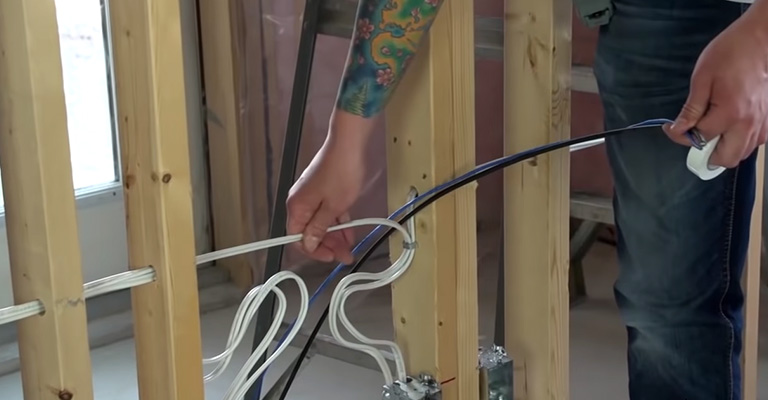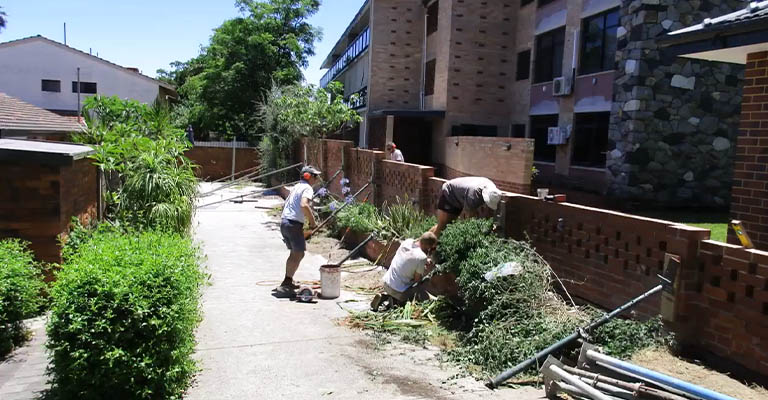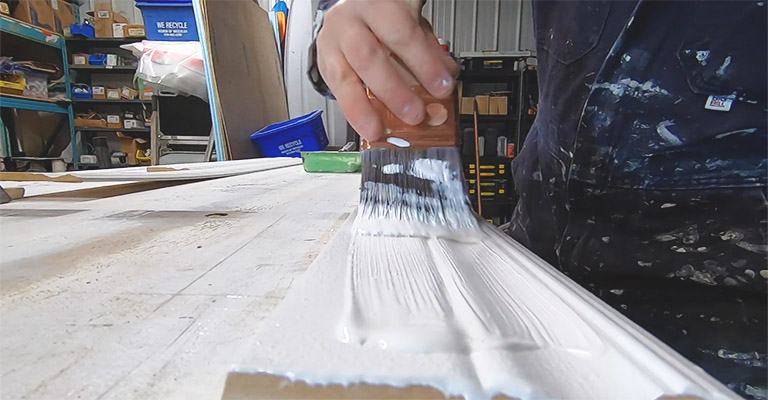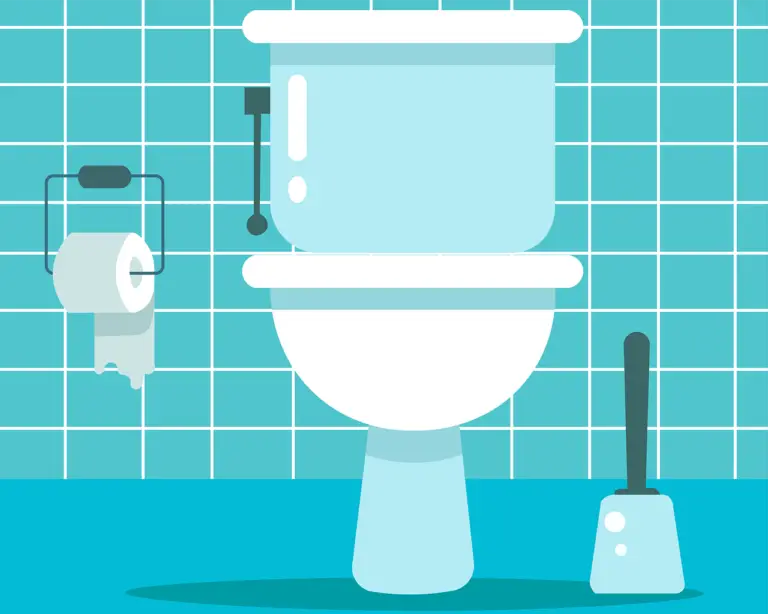How to Repair Sewer Line? Here’s How
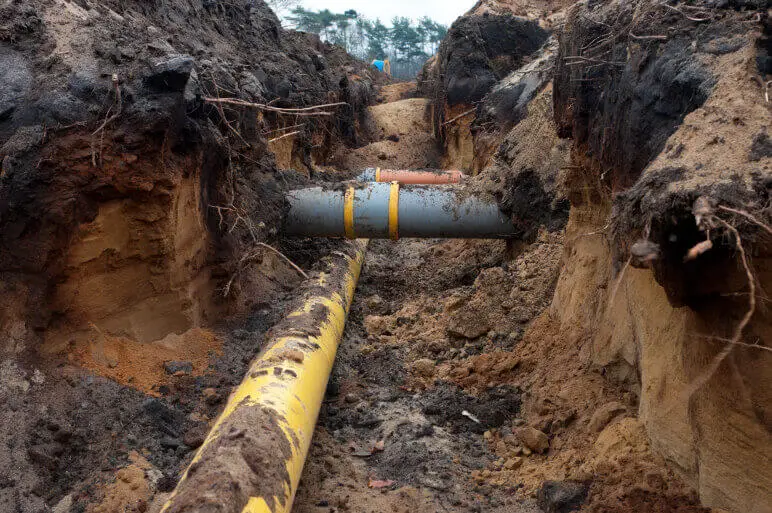
Every homeowner knows the importance of maintaining a functional and efficient sewer system. It not only ensures the smooth running of your household but also safeguards the health of its residents. But what happens when your trusty sewer line starts acting up?
The telltale signs might include slow drainage, unpleasant odors, or even sewage backup. When these problems arise, it’s time to consider a sewer line repair. Let’s delve deep into understanding the process, its importance, and the best practices to ensure a hassle-free repair.
Why Is Sewer Line Repair So Crucial?
Health Concerns
A damaged sewer line can lead to the exposure of harmful pathogens. Wastewater contains bacteria and viruses which, if not properly managed, can cause health issues.
Property Damage
Ignored or untreated, a sewer backup can cause extensive damage to your home and yard, leading to costly repairs or replacements.
Environmental Impact
A leaking sewer can contaminate the soil and groundwater, posing a threat to the environment.
Common Causes of Sewer Line Damage
Tree Roots
As roots search for water sources, they can infiltrate and damage sewer lines.
Aging
Over time, pipes corrode, deteriorate, and can become more susceptible to breaks or collapses.
Ground Movement
Shifting soil or freezing and thawing cycles can cause a pipe to break or misalign.
Flushing Inappropriate Items
Items like wipes, sanitary products, and thick paper towels can clog and damage the lines.
Repair Options
When it comes to repairing a sewer line, there are several methods available, each suited to specific situations.
Traditional Repair Method
This method involves digging trenches to access the damaged section of the pipe. Once exposed, the old section is replaced with a new one. While effective, this method can be more intrusive and might disrupt landscaping or driveways.
Trenchless Sewer Repair
This modern approach requires minimal digging. Methods like pipe lining (adding a resin-filled tube inside the damaged pipe) or pipe bursting (replacing the old pipe while simultaneously inserting a new one) are popular options. They are less invasive and often more cost-effective in the long run, as they save on restoration costs.
DIY vs. Professional Repair
While some homeowners might be tempted to tackle sewer line issues on their own, this task is best left to professionals. The complexities involved, coupled with the potential risks of improper repair, make hiring an expert the more prudent choice.
Tips for a Hassle-Free Sewer Line Repair
Early Detection
Regularly inspect your home for signs of sewer line issues, such as unusual odors, slow drains, or lush green patches in your yard.
Hire Reputable Professionals
Ensure you hire a licensed and insured plumbing service with good reviews and recommendations.
Understand the Costs
Repair costs can vary based on the method chosen, the extent of damage, and other factors. Always get a detailed estimate before proceeding.
Maintenance
To prevent future issues, avoid flushing inappropriate items down the toilet, consider installing root barriers if trees are near your sewer line, and schedule regular inspections.
Why You Should Not Delay Sewer Line Repairs
Postponing any home repair is rarely a wise choice, but when it comes to your sewer line, delay can have far-reaching consequences.
Escalation of Damage
Like many issues, a small problem in your sewer line can rapidly escalate if left unaddressed. A minor crack today could become a complete pipe collapse tomorrow, leading to an even more complicated and costly repair process. Addressing issues promptly can save homeowners substantial amounts of money and inconvenience in the long run.
Value of Property
A well-maintained property, including its underground infrastructure, holds its value better in the real estate market. Prospective buyers are likely to be deterred by a house with known sewer line problems. It’s a liability they would prefer not to inherit. On the other hand, a recently repaired or renovated sewer system can be a selling point, assuring potential buyers of the home’s overall upkeep.
Mitigating Health Hazards
A compromised sewer line can lead to sewage leaks in your yard or, worse, backflows into your home. This doesn’t just mean an unpleasant odor; it can be a genuine health risk. Sewage contains harmful bacteria that can pose a threat to the health of your family and pets.
Environmental Responsibility
Your home’s sewer line isn’t just your concern. A damaged sewer can leach waste into the ground, contaminating local water sources and harming the environment. By repairing your sewer line promptly, you’re doing your part in protecting the environment and ensuring the well-being of your community.
Peace of Mind
Knowing there’s a looming issue with your sewer line can be a constant source of stress. By addressing the problem head-on, you’re ensuring peace of mind, allowing you to focus on the myriad of other responsibilities life throws your way.
Conclusion
Few tasks carry as much weight as addressing a broken sewer line. The decision between repairing a broken sewer pipe or opting for a full sewer line replacement often boils down to assessing the extent of the damage and understanding the associated sewer line replacement costs. While the thought of a broken pipe can be daunting, new-age trenchless sewer line repairs offer a more streamlined solution compared to traditional methods, potentially saving homeowners both time and money.
Before making any decisions, however, it’s imperative to schedule a thorough sewer line inspection. This can help pinpoint the exact issues with your sewer pipes and determine if the entire sewer line needs attention or if localized repairs will suffice. With advanced solutions like trenchless pipe lining, homeowners now have more options than just the traditional methods, ensuring the longevity and efficiency of their sewer systems.

